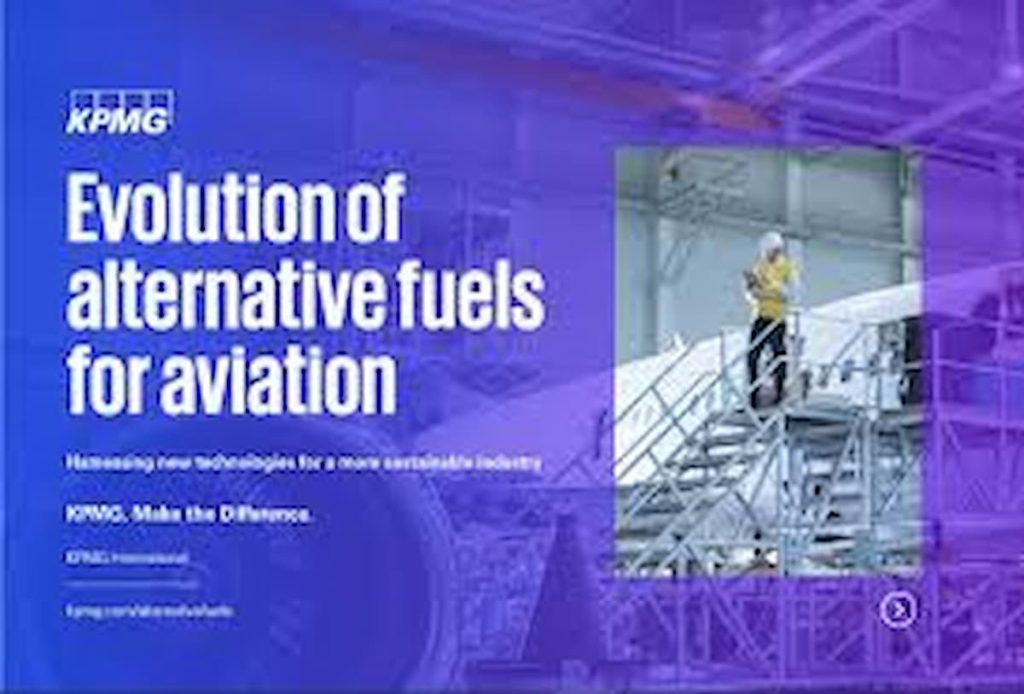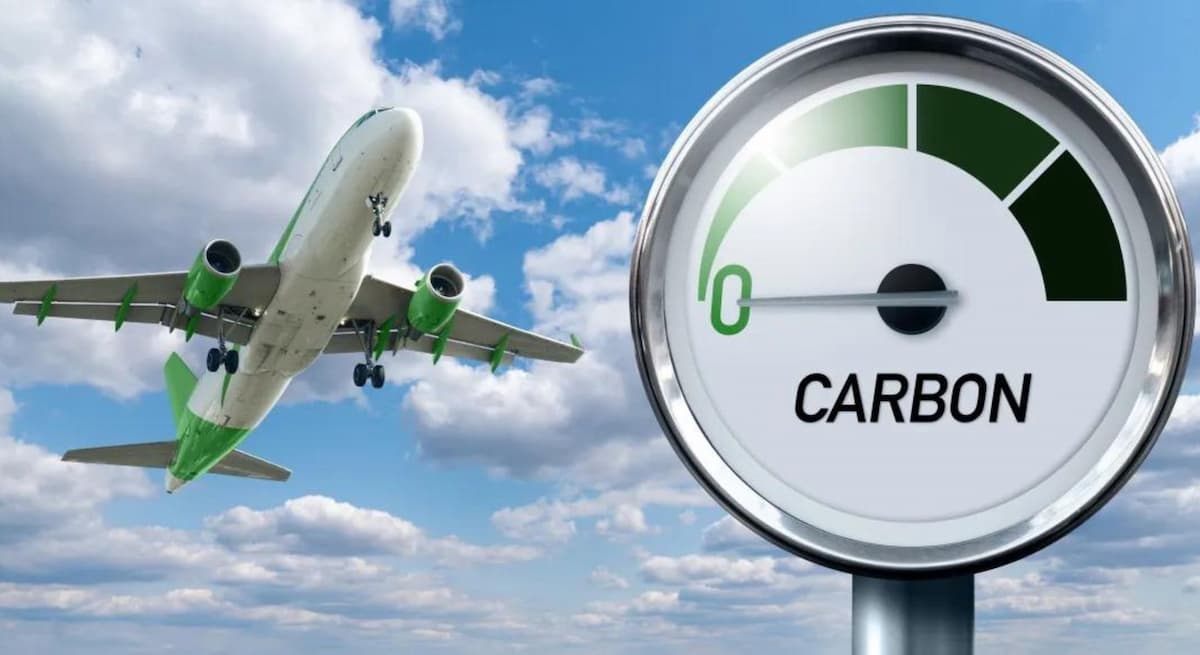
While the aviation sector will have to overcome huge challenges to achieve its goal of net zero carbon emissions by 2050, the industry has made great strides in its decarbonization journey. The uptake of sustainable aviation fuel (SAF) is growing, with global SAF capacity expected to be nearly 6 billion gallons by 2030 from 1.3 billion gallons in 2023.1 However, today it is severely constrained by the limited availability of alternative aviation fuels that are low in lifecycle carbon, cost-effective, safe, and high-performance.
Although the aviation sector only accounts for just over 2 percent of global energy-related greenhouse gas (GHG) emissions,2 air transportation is growing fast as global populations become wealthier. It means under a business-as-usual scenario, air travel could consume up to 10 percent of the planet’s remaining 1.5°C carbon budget by 2050.3
This report is tailored for leaders and stakeholders in the aviation industry, seeking to offer actionable insights on alternative fuels and a detailed analysis of readiness and adoption potential in the aviation sector.
By using the insights and recommendations provided, aviation organizations can better navigate the complexities of this transition, mitigate associated risks, and capitalize on emerging market opportunities.
alternate fuels readiness factors
Source: KPMG analysis, “Fueling the energy transition,” 2024.






